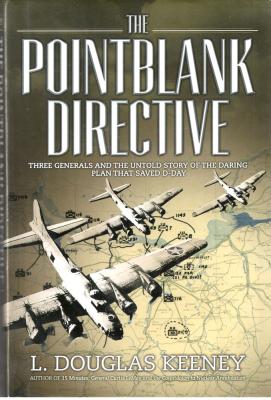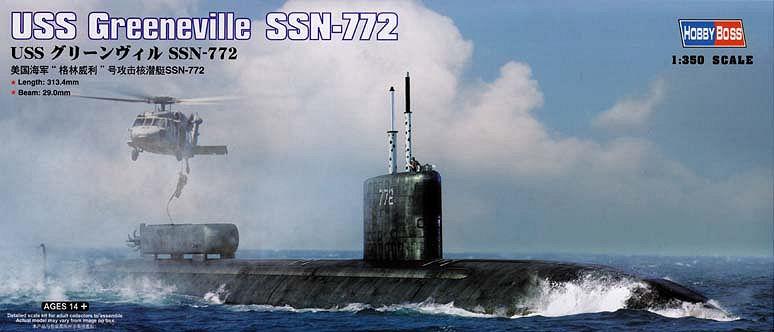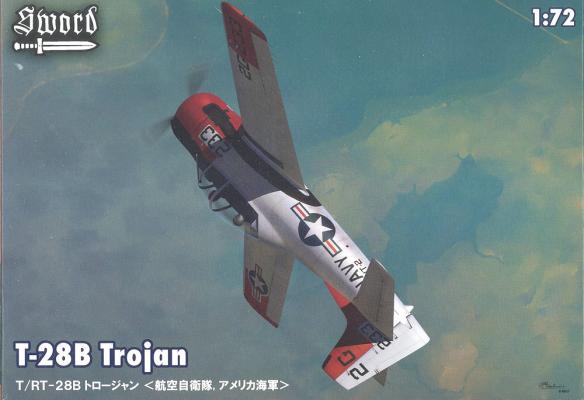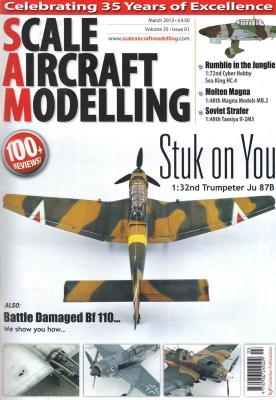Thank you to Bruce Herke of Osprey Publishing and the IPMS Reviewer Corps for allowing me the opportunity to review this in-depth and sobering history of the Army Air Corps’ operational role in the D-Day invasion. Author L. Douglas Keeney provides compelling descriptions of the challenges, dangers, and slim survival odds of European air operations.
Welcome to the IPMS/USA Reviews site!
Introduction: The primary organization of the IPMS/USA Review website is by IPMS/USA National Contest Class. Within each Class there are sub-menus by kits, decals, books, etc. The Miscellaneous Class is for items that are not class specific or that cross two or more classes.
IPMS/USA Members: We encourage you to submit reviews, both here and to the Journal. To volunteer for membership in the IPMS/USA "Reviewers Corps" and submit your own reviews, please read the Guidelines For Submitting Product Reviews.
Manufacturers, publishers, and other industry members: IPMS/USA is pleased to offer your company the opportunity for product reviews. All product reviews are performed by IPMS/USA members, and are posted in the publicly-accessible section of our website. With very few exceptions, we perform full build reviews of new kit releases, aftermarket products, and supplies. If you would care to provide product samples for review, please contact John Noack, IPMS/USA 1st VP.
To learn more about IPMS/USA, please see our About Us page.
History Brief
Our subject is a Los Angeles Class submarine, the USS Greeneville, SSN-772. It was named after the city of Greeneville, Tennessee, home of President Andrew Johnson, and is the only US Navy ship to have borne that name. She was ordered on 14 December 1988 with the contract going to Newport News Shipbuilding and Dry Dock Company in Newport News, Virginia. Her keel was laid 28 February 1992, she was launched 17 September 1994, and commissioned on 16 February 1996. The Greeneville had a few bumps and mishaps early in her career but is still serving proudly today.
Our model features an ASDS Advance SEAL Delivery System. It is basically a midget submarine that rides piggyback on larger submarines and is primarily used for covert and clandestine operations by the US Navy SEALs.
When Steve Collins and Dick Montgomery announced that the 1/72 T-28B was available for review, I jumped at the chance. I have seen T-28’s flying, at Keesler AFB, Mississippi, when I was there in 1967, and my Guard unit flew T-28s in 1957-58 between the F-51s and the F-84s. Alas, both of these were T-28A’s, not B’s. But when I saw the back of the box, I immediately knew I had to build the one from VT-27, as it was based just down the road at Davis-Monthan AFB in Tucson, Arizona, in 1983. Some day I’ll find out what the Navy was doing flying out of DM.
THE AIRCRAFT
The North American Aviation T-28 Trojan is a piston-engined military trainer aircraft used by the United States Air Force and United States Navy beginning in the 1950s. Besides its use as a trainer, the T-28 was successfully employed as a counter-insurgency (COIN) aircraft, primarily during the Vietnam War. T-28s were built from 1950 to 1957.
This issue represents a milestone for SAM. This is the inaugural issue for Volume 35. Thirty five years of providing a high quality publication to the modeling community is a momentous event and SAM deserves a “Well Done” for that remarkable achievement.
Even if this issue were not the launch for Vol 35, it would have caught my attention immediately. There, on the cover, is one of my favorite modeling subjects. In any scale, the Ju-87 has always been an enjoyable project for me, and in 1/32nd, by Trumpeter, well, it just doesn’t get any better than that. In 9 pages of richly detailed text, Editor Jay Laverty shares the tools and techniques he used to produce an excellent model of the Ju-87B-2.
Years ago, Eduard produced a photo etch set for the Monogram Devastator that really breathed some life into that venerable old kit. With the release of the new Great Wall Hobby Devastator, once again Eduard comes through with a PE set that pushes detailing well beyond the already superb lever that the kit itself provides. I had hoped to receive this set in time to use it with the GWH Devastator that I was building for IPMS review. As it turned out, the Devastator build was nearly completed before this set arrived. Nevertheless, here’s a rundown of what you get.
This new Big Ed set is a combination of four photo etch sheets and a complete set of vinyl canopy and wheel masks. The Flap sheet has supports, bracing, and flap parts for both the upper and lower wing. This is especially helpful, as there is a noticeable gap created with the joining of the kit’s lower wing to the fuselage. These parts should hide that opening completely.















